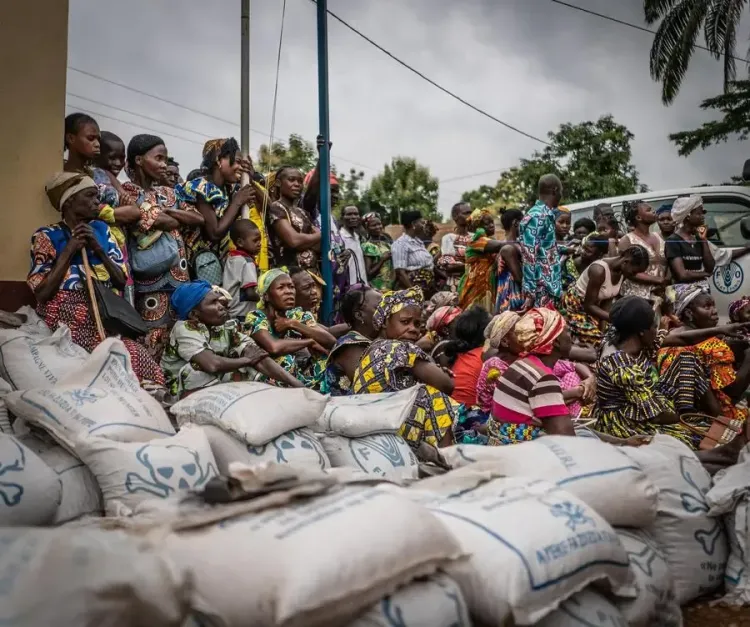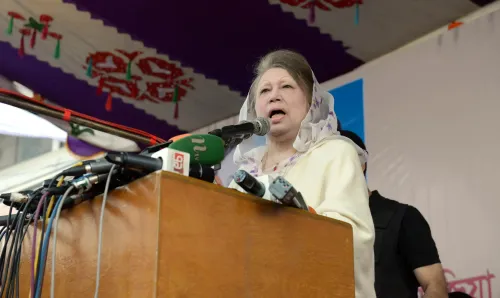Over 82 Million Individuals in East and Central Africa Struggle with Food Insecurity

Synopsis
Key Takeaways
- 82.1 million people are food insecure in East and Central Africa.
- 53.1 million are in seven IGAD member states.
- Climate change and conflicts are key drivers of food insecurity.
- DRC and Sudan are notably affected.
- Immediate assistance is needed to prevent worsening conditions.
Nairobi, March 8 (NationPress) Approximately 82.1 million people in East and Central Africa are currently grappling with food insecurity and are in urgent need of humanitarian aid, as stated by the Food and Agriculture Organisation of the United Nations (FAO) and the Intergovernmental Authority on Development (IGAD).
These agencies reported that over 53.1 million of those affected reside in seven out of the eight IGAD member states: Djibouti, Ethiopia, Kenya, Somalia, South Sudan, Sudan, and Uganda.
Other impacted nations include Tanzania, the Central African Republic, the Democratic Republic of the Congo (DRC), and Burundi.
The two agencies attributed the rise in food insecurity to climate shocks and escalating conflicts within the region.
According to their statement, extreme weather events, intensifying conflict in various locations, macroeconomic issues, and widespread displacement are the primary factors driving acute food insecurity in the area. They highlighted that Sudan and the DRC are among the world's least food-secure countries.
The FAO and IGAD reported that 25.5 million individuals in the DRC are experiencing significant levels of acute food insecurity, particularly in North Kivu, Ituri, South Kivu, and Tanganyika provinces, where displaced populations and returnees are severely affected due to ongoing conflict.
In Sudan, 24.6 million people are classified as highly food insecure, as per the statement from the Xinhua news agency.
The agencies cautioned that the crisis may escalate in the upcoming months due to the ongoing La Nina phenomenon, which is anticipated to continue in the near future, potentially transitioning to El Nino by May 2025. They urged for immediate, coordinated, and multi-sectoral lifesaving assistance in regions experiencing the most severe levels of acute food insecurity.
Africa is particularly vulnerable to the effects of climate change, with rising temperatures, shifting rainfall patterns, and extreme weather events impacting various areas, jeopardizing ecosystems and livelihoods, increasing water scarcity, and contributing to desertification. This can lead to diminished crop yields, threatening the livelihoods of many who rely on agriculture. Adaptation strategies are essential for enhancing resilience in the agricultural sector.
The United Nations reports that Africa bears a significant burden from climate change, with countries losing 2-5 percent of GDP and reallocating up to 9 percent of their budgets for climate response initiatives. In sub-Saharan Africa, adaptation costs could escalate to $30-50 billion annually over the next decade, equivalent to 2-3 percent of the region's GDP. By 2030, as many as 118 million extremely poor individuals may face exposure to droughts, floods, and extreme heat, obstructing poverty alleviation and economic growth.









